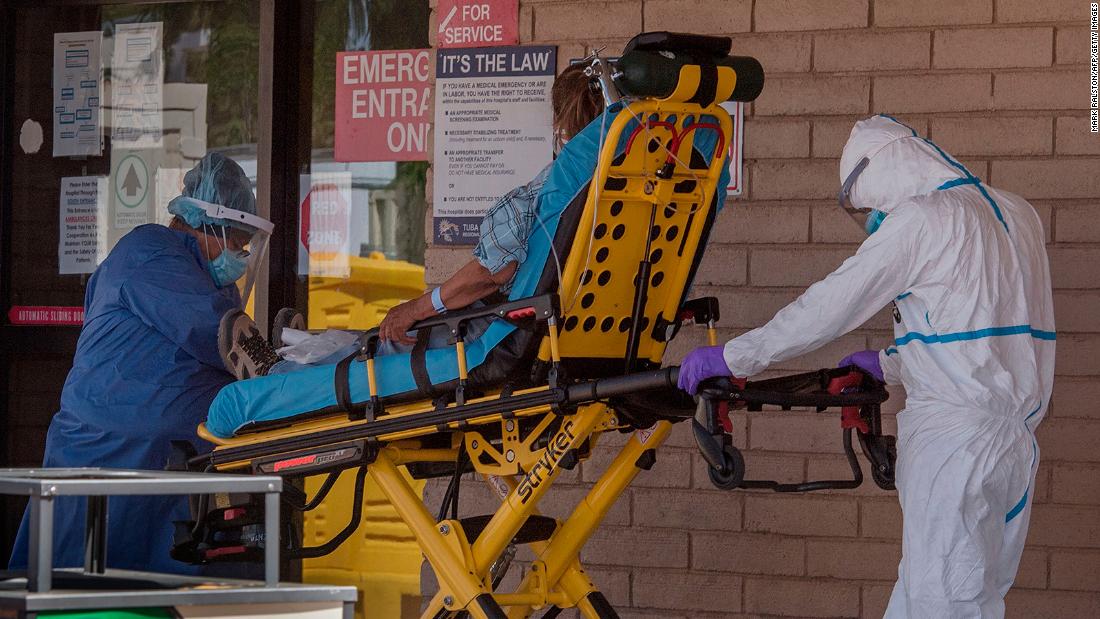COVID-19 cases are on the rise among young adults, but health experts aren’t sure why
JUNE 9, 2020
People in their 20s are helping to drive transmission of COVID-19 in many Ontario hot spots, but public-health experts say it’s unclear where they are getting infected, which could hamper efforts to contain further spread.
The issue is taking on increasing urgency as the Greater Toronto Area, Hamilton, Windsor and other populous parts of the province cannot move to the next stage of reopening their economies until they reduce their numbers of new cases.
For example, Toronto still has an average of 140 new cases a day.
In recent weeks, the number of people in their 20s testing positive for COVID-19 in areas such as Toronto and Hamilton has risen compared with older age groups.
In Hamilton as of June 8, people in their 20s accounted for 40 per cent of all new COVID-19 cases reported in the previous 10 days. Over the same time period, people in their 50s accounted for 17.5 per cent of cases, while people in their 70s accounted for 5 per cent of cases. City officials are planning a social-media campaign to target young people about the risks of COVID-19.
In Hamilton as of June 8, people in their 20s accounted for 40 per cent of all new COVID-19 cases reported in the previous 10 days

www.theglobeandmail.com







/cloudfront-us-east-1.images.arcpublishing.com/tgam/H6JFBNEXOZGUTFWJVUWO4XCEWI.jpg)



